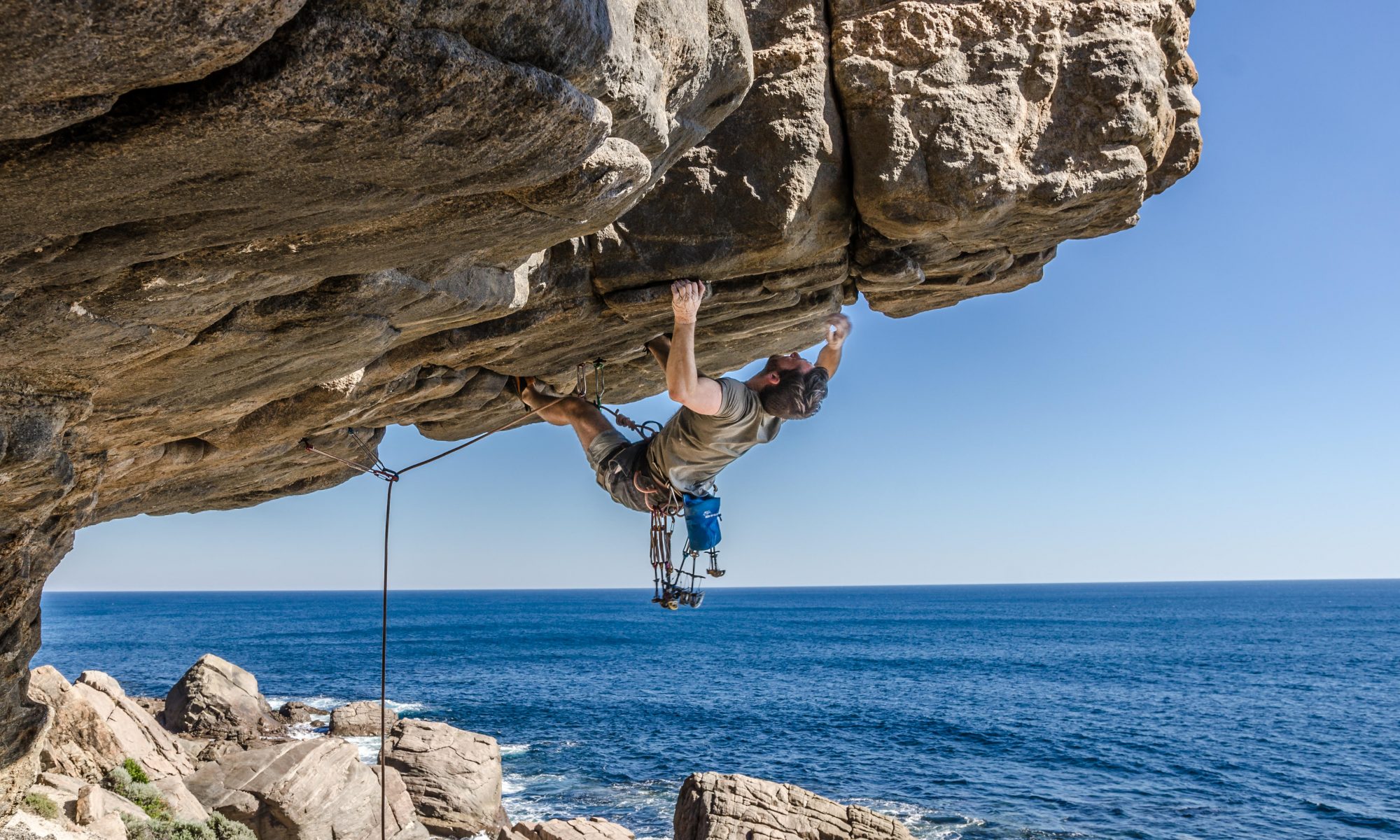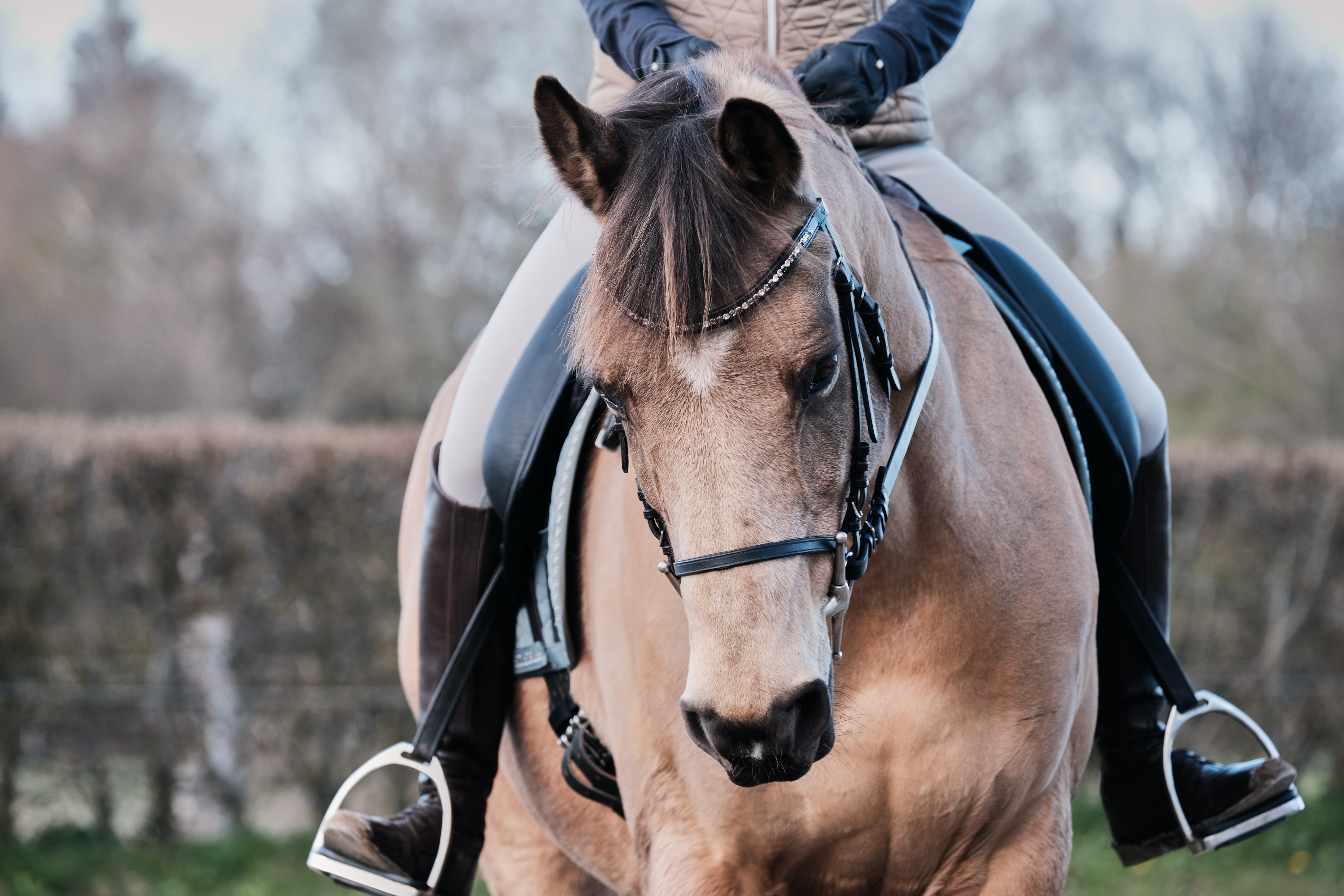I’ve shared a few posts recently with examples of ‘task constraints’ that could be used in your schooling, either independently or with your coach. It’s probably worth adding some detail and explanations about what constraints are as well as why and how we can use task (or other constraints) effectively.
What are constraints?
Constraints are anything that influences behaviour (what is noticed/perception or done/movement) by acting as information to shape or guide the (re)organisation of a complex system. In Newell’s (1986) model there are three main types of constraints: Organismic (individual), Task and Environmental. Movement solutions emerge from the individual interacting with task and environmental constraints.
Organismic constraints (examples)
Goals/ ambitions
Experience
Coordination
Confidence
Intentions
Focus
Fatigue
Arousal
Personality
Biography
Current life circumstances
Expectations
Height
Weight
Flexibility
Injury
Task constraints (examples)
Task objectives
Boundaries
Rules
Time
Space
Equipment
Repetitions
Speed/ time
Support
Coach
Instructions
Clothes and kit
Environmental constraints (examples)
Surfaces
Temperature
Wind/ rain
Ambient light
Noise
Crowds/ others
Altitude
Socio-cultural constraints
Influences
Traditions
Power dynamics
Family
School
Peers
Using constraints: What do you want to achieve?
As a coach, or practicing ourselves, we can change constraints to encourage a move away from less effective, toward more effective, movement solutions without verbally prescribing the solution(s).
Firstly, it is important to understand what you are trying to achieve. The recent examples I shared were focussed on supporting riders to have better ‘hands’. But what do we mean by better hands and why is it important?
Before constraining degrees of freedom of where and how the hands can move, it is useful to be clear about how people (and horses) learn to move skilfully.
The riders’ hands, like the horses’ head, are not acting independently but connected to the rest of the body and used for adjusting balance. This concept is well understood in equestrianism. If balance and coordination are the issue, ‘fixing’ the position and movement of the hands will result in something else moving instead as the body self-organises to cope with the complexity of staying in balance. It will also potentially reduce the rider’s ability to feel the horse’s mouth through the reins.
Balance is always a good place to start
If the rider is not well balanced, the best way to improve the hands might be to work on improving balance and attunement to the horses’ movement. Attunement to the horses’ movement is essential because moving is a ‘perceptual-motor’ skill.
Instructions and equipment are ‘task constraints’ and are more effective if they focus the rider’s attention on to the horse’s movement, not their own. This is referred to as an ‘external focus of attention’ onto the specifying information (the movement of the horse in this case). We often just call it ‘feel’.
There are loads of great task constraints to support balance, some simple examples include riding without stirrups or in a two-point/ light seat. Basically, activities that support the development of postural stability, dynamic balance, an independent seat, secure lower leg, and an awareness of how the horse is moving.
Skill is having more solutions and more adaptability
Limiting the movement of the hands can be useful. It can even be useful before a good level of balance is achieved. This is because the rest of the body will self-organise to find a solution to staying balanced without the hands and thus ‘loosen up’ other parts of the body.
Riders need to develop the ability to adapt and move with the horse whilst maintaining a soft and stable connection with the horses’ mouth. The more options the rider’s body has for adapting to the horse’s movement, the better.
Guiding principles of using task constraints
1. Intention. Be clear about what you are trying to achieve and ensure that the rider understands the goal and is doing the problem solving.
2. Constrain to afford. Make sure that the constraint is not prescribing a solution, rather it should just remove some options while allowing self-organisation and solution finding by the rider, or horse-rider partnership. The idea is to either design practice activities that dampen affordances (opportunities for movement) that are less functional and amplify affordances that are more functional, without prescribing movement solutions.
3. Keep information (perception) and movement coupled. In other words, if possible, simplify tasks rather than break them up. This is the opposite of what many of us have been taught using a computer programme metaphor for skill acquisition (information processing) where we were encouraged to break skills up and practise parts in isolation. We now know that this is not effective because movement skill is perceptual-motor, and the central nervous system can’t put random bits of movement and perceptual information together into a coherent whole. The best tip is to always give movement a purpose.
4. Repetition without repetition. What this means is that we want to have repetition of an outcome without repetition of the exact movement. Skill is the ability to achieve an outcome, not the ability to repeat one solution. Riding is complex and great riders are adaptive in achieving stable outcomes.
If you would like to know more about learning and skill acquisition in equestrian sports, check out the River Tiger Podcast.

